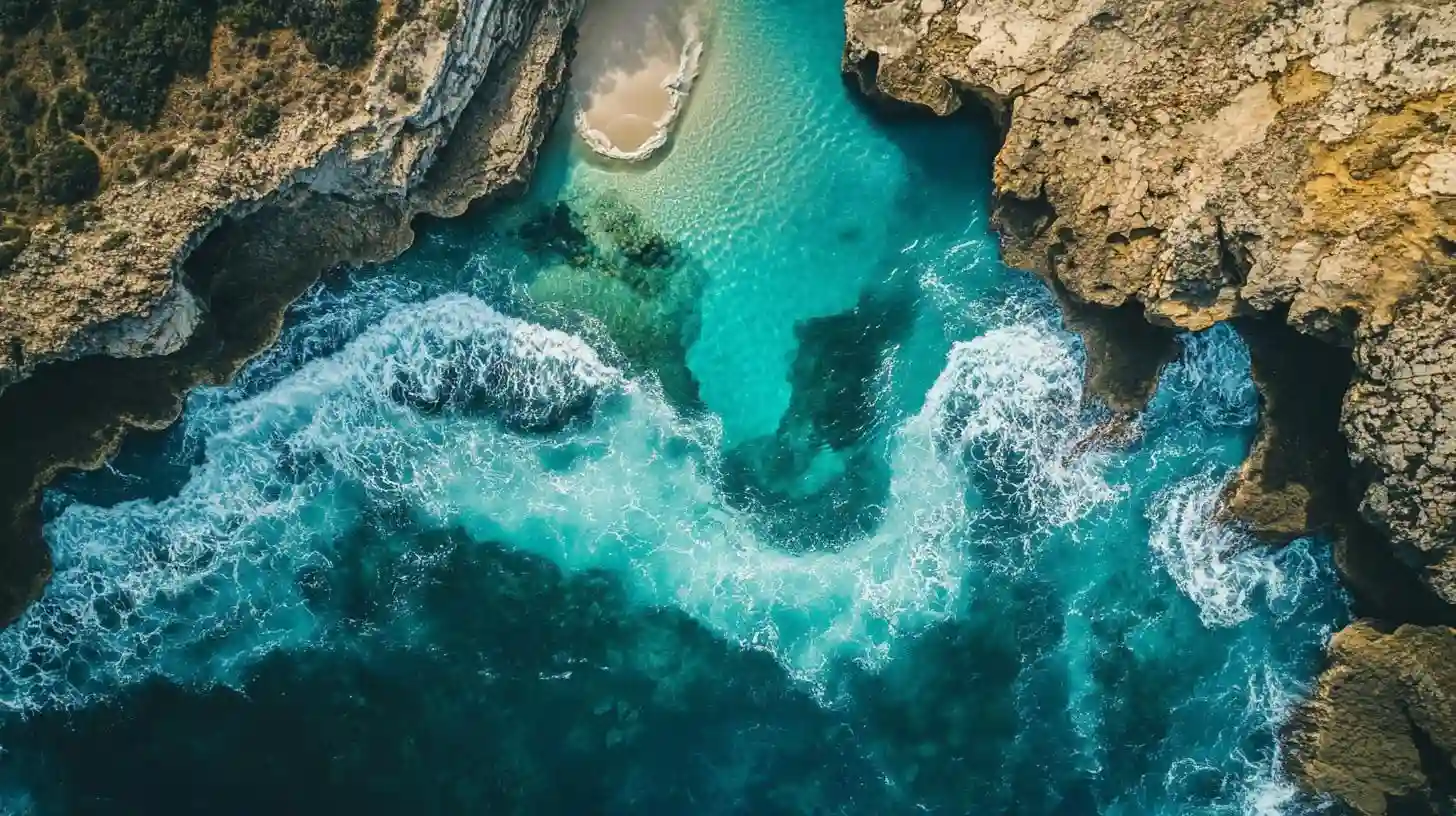
Thoughtvaultzone

Beneath the vast expanse of the ocean lies a hidden world that captivates scientists and adventurers alike. A remarkable phenomenon known as underwater rivers exists in these dark waters, flowing with a distinct force and characterized by intriguing properties. This phenomenon occurs where differences in salinity and temperature create denser water masses, leading to the formation of currents that resemble rivers flowing across the seafloor. Such undersea landscapes reveal the complexity and dynamism of oceanic environments, challenging our perceptions of what lies beneath the surface.
These underwater rivers often emerge at specific locations where the topography of the ocean floor allows for the gathering of higher salinity water. When this denser water flows into regions with lighter, less salty water, it creates a current that cascades along the seabed, carving pathways reminiscent of terrestrial rivers. The effects are sometimes visually striking, as sediment and organic material become transported along these currents, altering the habitat and ecology of surrounding marine life. Observations have shown that these subaquatic flows can meander, branch out, and even create deltas on the ocean floor, similar to their terrestrial counterparts.
One of the most famous underwater rivers can be found in the Black Sea, a body of water that exhibits dramatic stratification due to its unique geography and chemistry. The salinity of the water at deeper levels significantly exceeds that of the surface, allowing for the creation of strong currents that can flow for substantial distances. Researchers have utilized underwater drones and advanced imaging techniques to map these submerged channels, uncovering intricate networks that reflect the area’s geological history. Such findings suggest that these rivers might not only possess unique characteristics but also play a substantial role in shaping the underwater environment over time.
The dynamics of these underwater rivers extend beyond merely altering sediment landscapes; they also influence the wider marine ecosystem. The movement of water is essential for nutrient cycling, which supports various forms of marine life. For instance, upwelling currents associated with underwater rivers can bring nutrient-rich waters from the ocean depths to the surface, fueling phytoplankton blooms that serve as the foundation of the marine food web. The interaction between these currents and surrounding ecosystems showcases the interconnectedness of oceanic systems, where changes in one area can ripple through the entire environment.
Scientific exploration of these undersea rivers has opened doors to understanding better the global impacts of climate change on marine systems. As temperatures rise and ice melts, changes in salinity and sea levels influence oceanic currents. Researchers are particularly interested in how shifting conditions affect the dynamics of these underwater rivers. Changes could disrupt nutrient transfer and alter habitats, causing shifts in species distributions and potentially threatening ecosystems.
The awe-inspiring imagery often associated with underwater rivers can be both foreboding and enchanting. When viewed through advanced sonar mapping, these submerged channels can appear as dramatic trails carved into the ocean floor, cloaked in ethereal light as they conjoin and diverge. This visual representation not only intrigues but also provides essential data regarding the geological dynamics at play beneath the ocean’s surface. Geologists study these formations to glean insights into historical climate patterns, sedimentary processes, and the intricate history of the Earth.
Besides their geological significance, underwater rivers are also of interest to marine biologists, who study how these currents influence biodiversity. The varying conditions along the course of an underwater river can create distinct niches for various organisms. Some species might thrive in areas where denser water flows, while others may prefer the calmer waters found within the river's tributaries. Understanding these interactions can aid in conservation efforts, highlighting the necessity of preserving these unique habitats.
Expanding our knowledge of underwater rivers is a vital aspect of oceanography and marine science. The mysteries of these subaqueous currents illustrate the rich tapestry of life and processes hidden below the ocean’s surface. As we develop more advanced technology for exploration, the potential for discovering new phenomena in our oceans grows exponentially. Each new finding adds another layer to our understanding of the intricate systems that govern the world’s waters and emphasizes the importance of protecting these vital ecosystems for future generations. The enigmatic nature of underwater rivers invites continued exploration and curiosity about the oceanic realms that lie beneath the waves, reminding us how much there is still to discover in the depths of our planet's oceans.